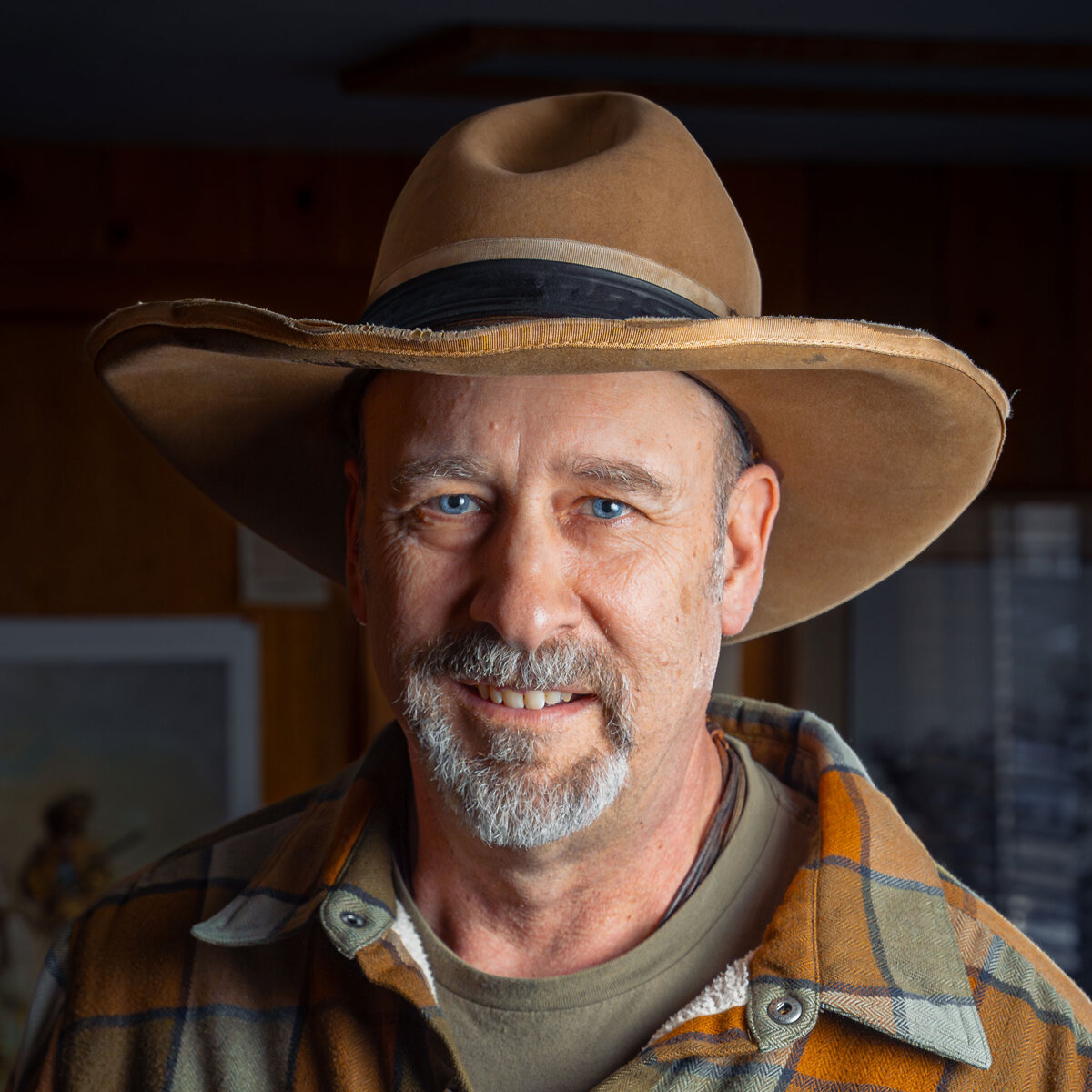Sisters enters burning season
Last updated 4/23/2019 at Noon
As Sisters Country enters the season of spring burning, the specter of the destruction of the mountain town of Paradise, California, looms like a pall of wildfire smoke over the community.
While Sisters is well-schooled in the terrible effects of massive wildfire, the community is better prepared than many to face the threat. That is, in large part, thanks to a long campaign of thinning and prescribed burning around vulnerable parts of Sisters Country to build resilience and to give firefighters a chance to make a stand.
Prescribed burning mimics the historical role of fire in the ponderosa pine forests of Sisters Country, cleaning out underbrush and small growth that chokes overgrown forests, making them less healthy and fueling explosive wildfires.
“We’re working on building resilient forests,” Sisters Ranger District Assistant Fire Management Officer Jinny Reed told The Nugget. “We’re trying to go back to the resilience the forest had 100 years ago. Fire was part of that. Fire made the forest resilient. It cleaned the forest — and it didn’t burn like it does now.”
Reed says that, “prescribed fire is the most ecologically sound tool” to get that job done.
It’s not necessarily the most popular tool, which the Forest Service well understands. Just as the days turn nice and warm and people are getting outdoors and enjoying the fresh spring air — there’s smoke in it. And sometimes that smoke settles in across communities.
“We’re always looking for the best wind and atmospheric conditions to direct smoke away from communities,” Reed said. However, she acknowledges, “Whatever residual smoke is left has some impact.”
When night falls and winds die, when an inversion layer settles down, smoke can run down Indian Ford Creek and settle, or seep into Sisters. That has an impact, and sensitive persons can get on a list to be notified of burning so they can take precautions.
However, Reed notes, data collected since 2010 shows that prescribed burning contains relatively low particulate matter and is short-duration — compared to weeks of dense, nasty smoke from blazes like the 2017 Milli Fire that inundated Sisters with smoke and had a major economic impact.
“The tradeoff is more smoke, more unhealthy conditions during wildfire season,” Reed said.
Beginning as early as Thursday, April 25, fuels specialists with the Sisters Ranger District will begin ignitions on various units totaling approximately 1,000 acres across the spring season. Individual units are scattered across three separate project areas: Highway 20/Indian Ford Road (IFR), Sisters Area Fuels Reduction (SAFR), and Flymon projects (see map).
The Forest Service notes that “Temporary trail closures will be in effect on small portions of the Metolius-Windigo trail (Trail # 99) beginning approximately one mile south of the Sisters Cow Camp, extending roughly .5 miles to the south during prescribed fire and patrol operations on SAFR 131.”
No road closures are anticipated with any of the projects although drivers may expect traffic control along Highway 20 and Highway 242 during periods of time when dense smoke may limit visibility. Traffic control measures are anticipated north of Sisters along Indian Ford Road (Forest Service Road 1102).
Smoke from IFR26/35 may impact all communities north of Highway 20 including the following located in the Indian Ford drainage, Cascade Meadow Ranch, Aspen Lakes, Camp Polk, and Wilt Road. Smoke from prescribed burn units within the Sisters Area Fuel Reduction Project (SAFR) may impact the town of Sisters, Crossroads, Tollgate, Cascade Meadow Ranch and Camp Polk communities.
Residents and businesses in the area of these prescribed burns are advised to keep their windows and doors closed during the night-time hours in an effort to avoid potential smoke impacts. If smoke drifts on to local roads, motorists should slow down, turn on headlights, and proceed with care.
Fuels specialists will follow policies outlined in the Oregon Department of Forestry smoke management plan, which governs prescribed fires, and attempts to minimize impacts to visibility and public health. Once ignited, units are monitored and patrolled until they are declared out.
For more information and to sign up for prescribed fire text alerts, visit the interactive website at http://www.centraloregonfire.org/ or visit http://www.fs.usda.gov/deschutes and follow on Twitter @CentralORFire.


















Reader Comments(0)